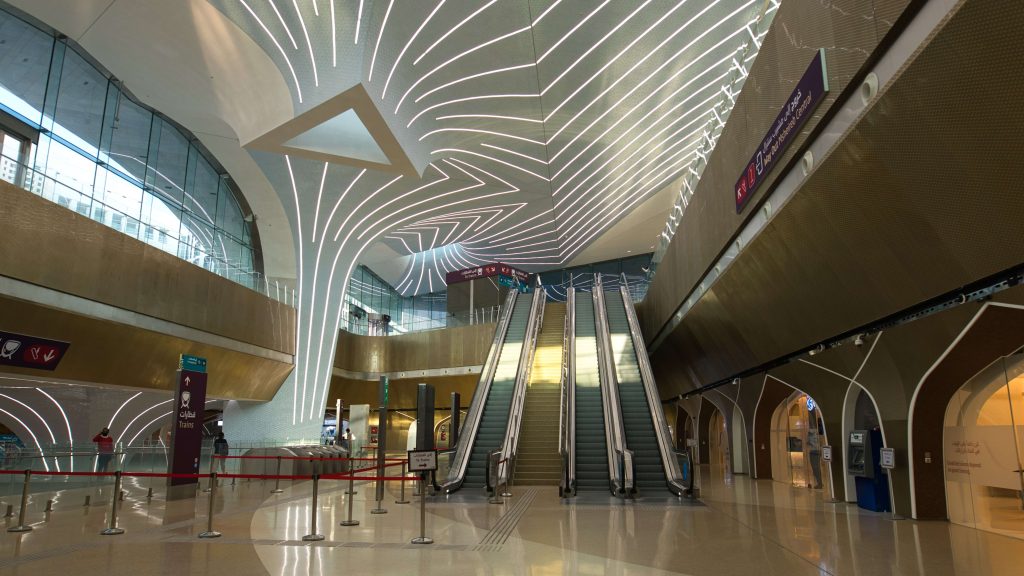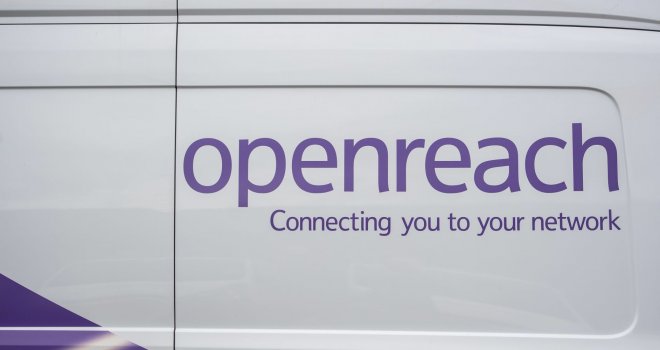Managing Complex Infrastructure Projects In A Digital World

There has been an extraordinary increase in the scope and complexity of infrastructure projects in 2024, and current projects are becoming increasingly reliant on software and digital technologies.
But in a digital world, the spectre of software failure looms heavy over infrastructure projects, and the repercussions can significantly impact on time and budgets.
One example of a project where the stakes could not have been higher was the Doha Metro, a world-leading feat of infrastructure that presented a fascinating opportunity for a consortium of experts. Escode was brought on to fortify the digital infrastructure underpinning the major transportation project supplied jointly by Mitsubishi Corporation, Kinki Sharyo, Thales and Mitsubishi Heavy Industries.
Completed in 2019, the pressure was on to get the Doha Metro in full operation ready for the footfall of the 2022 FIFA World Cup. And if that wasn’t enough, an enormous budget of $36 billion was allocated to get the project off the ground. With over two million people. living in Qatar’s capital city, and visitor numbers significantly on the rise, it’s fair to say software failure was not an option for the Doha Metro project.
This momentous project came with learnings – and there are several key things to know to effectively manage a complex infrastructure project, regardless of its size or budget.
The key to risk management? Escrow
With any major infrastructure project that involves several external parties, risk management must be prioritised to ensure disruptions are mitigated. Business continuity and resilience strategy is important for any project, but it is especially pertinent in the context of a global effort like the Doha Metro.
Escode has been involved in many of the world’s largest infrastructure projects and, it is best practice to ensure that all third-party software supply chain risk is mitigated effectively. A software escrow agreement involves a software customer, a software supplier and an independent escrow service provider. The software supplier deposits a copy of software source code, whether for traditional software or cloud-hosted applications, into storage with a third party.
While software escrow has been around for decades, many remain in the dark about what it is or its many benefits. It provides peace of mind that if the worst happens, business-critical applications will be easily accessible.
Unlocking critical source code
There are certain triggers that can lead to software escrow being released, for example, if a business providing the software is bankrupted. While many businesses want to work with emerging technology companies, there is often concern about their new status and whether they will be acquired by another company or cease operations altogether.
The benefits of implementing software escrow are far-reaching, but for large infrastructure projects like the Doha Metro, escrow means vital software source code, which is the bedrock of computer programs, can always be accessed should digital technologies fail for any reason.
As a result, critical software can be reimplemented quickly, reducing the wide-scale financial and time impacts that technological disruption can cause. And for anyone overseeing an infrastructure project, management of third-party risk through escrow must be seen as essential rather than an afterthought.
Steps to effectively manage complex infrastructure projects
When first approaching an infrastructure project, there are a few crucial key steps that need to be followed. The first step is to get all stakeholders on board, and this will set the tone for the remainder of the project.
A shared project vision
Collaboration with the global stakeholders involved with Doha Metro was always going to be key to successfully getting the Doha Metro project off the ground. At one end of the scale, failures could lead to disruptions and inconvenience. But the worst-case scenario could see passenger safety compromised. The knock-on effects of any issues would have also damaged public trust and the reputation of the transport system.
With multiple sub-contractors involved, including software vendors around the world, we had our work cut out for us to make the complex network secure. And this is not unique to the Doha Metro project, as anyone managing an infrastructure project will know the global efforts involved in making plans come to fruition.
All parties were made aware of their obligations when it came to depositing their software material into escrow, and all were in the same boat when it came to adhering to global best practice and security standards.
A precision approach with targeted teams
Another important step in any infrastructure project must be dividing and conquering, setting up teams to manage each component and take responsibility for its success.
Our approach for Doha Metro centred on a dedicated project team who worked across project management, technical and legal elements of the project. This approach was hugely successful, and the initial technical verification processes have now largely been completed.
Each team must scope out the factors within their jurisdiction. Factors that needed to be taken into consideration included automated systems, from train controls to signalling and communications, and the thousands of software pieces that made up the intricated web of the Doha Metro network. For example, these could include intellectual property for the design, source code such as public address systems, and fire protection systems, among other crucial software.
Fortifying infrastructure for the future
Finally, a long-term vision is integral to building an infrastructure project that lasts for generations to come.
While the World Cup was looming, the Qatari government wasn’t thinking of months or years when it started the Doha Metro project.
This infrastructure would need to support a bustling, and growing, city for decades, or centuries, to come. And now the project is fully operational, it is helping enhance to enhance connectivity and boost employment in Qatar and, on a global scale, improve infrastructure standards.
While completing these steps can take a significant amount of time, effort and budget, the end result is so worth it. In the case of Doha Metro, the project continues, but the collaboration between Escode and the consortium governing the Doha Metro is in an incredibly strong place.
We have laid a robust foundation for the secure and efficient functioning of the system and are pleased to have played our part in contributing to the region’s broader goals of progress and connectivity.
At the heart of its project has been project continuity, and we are proud that escrow has been a major component of this.
You can find out more about Escode’s work with the Doha Metro project on our blog.




